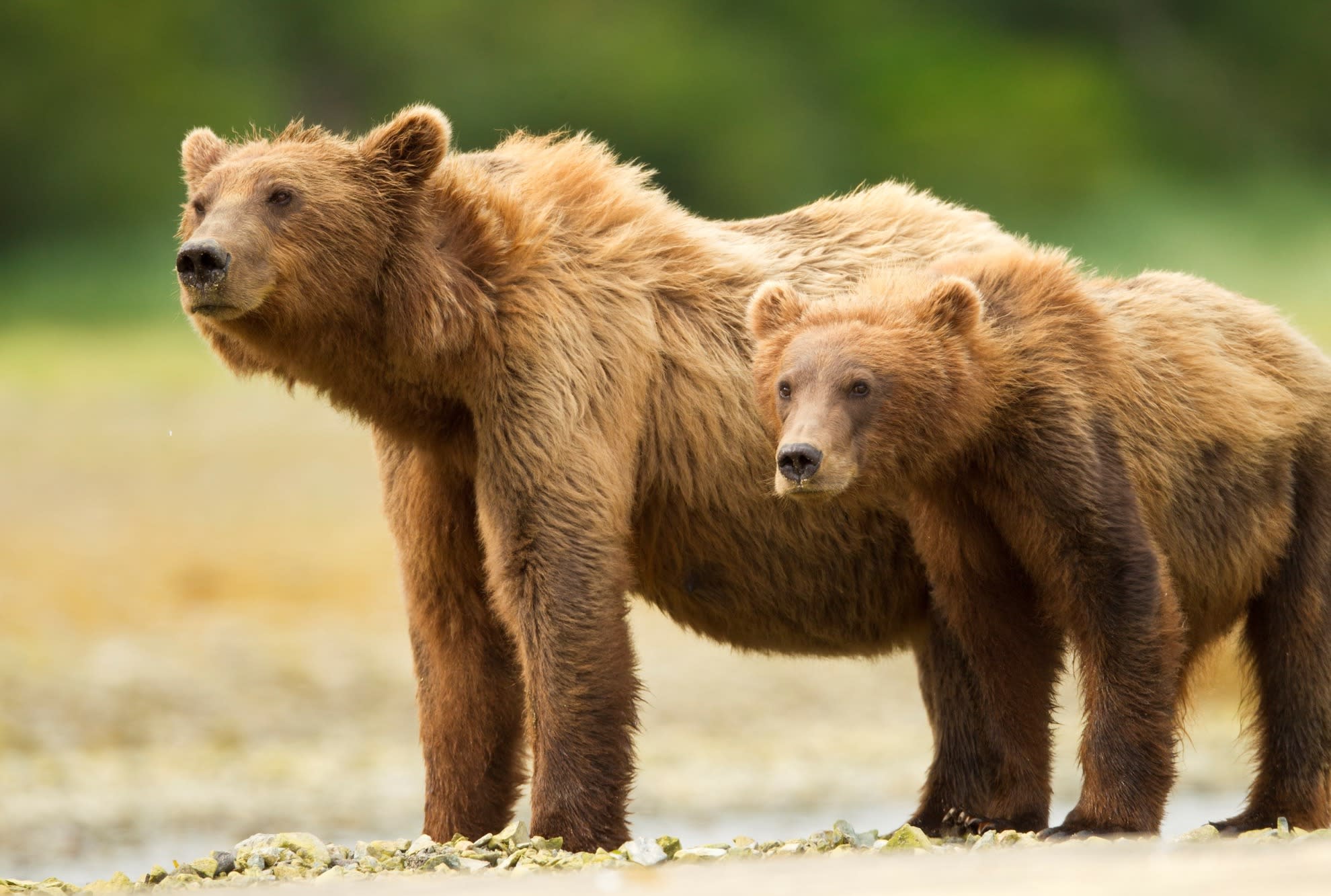What kind of animal are you?
Take this short quiz by NatureServe, environmental non-profit, to find out what what animal you most closely resemble!
Photo credit: Red-cockaded woodpecker (Dryobates borealis). NatureServe Global Status: Vulnerable (G3). Photo by the U.S. Fish and Wildlife Service.
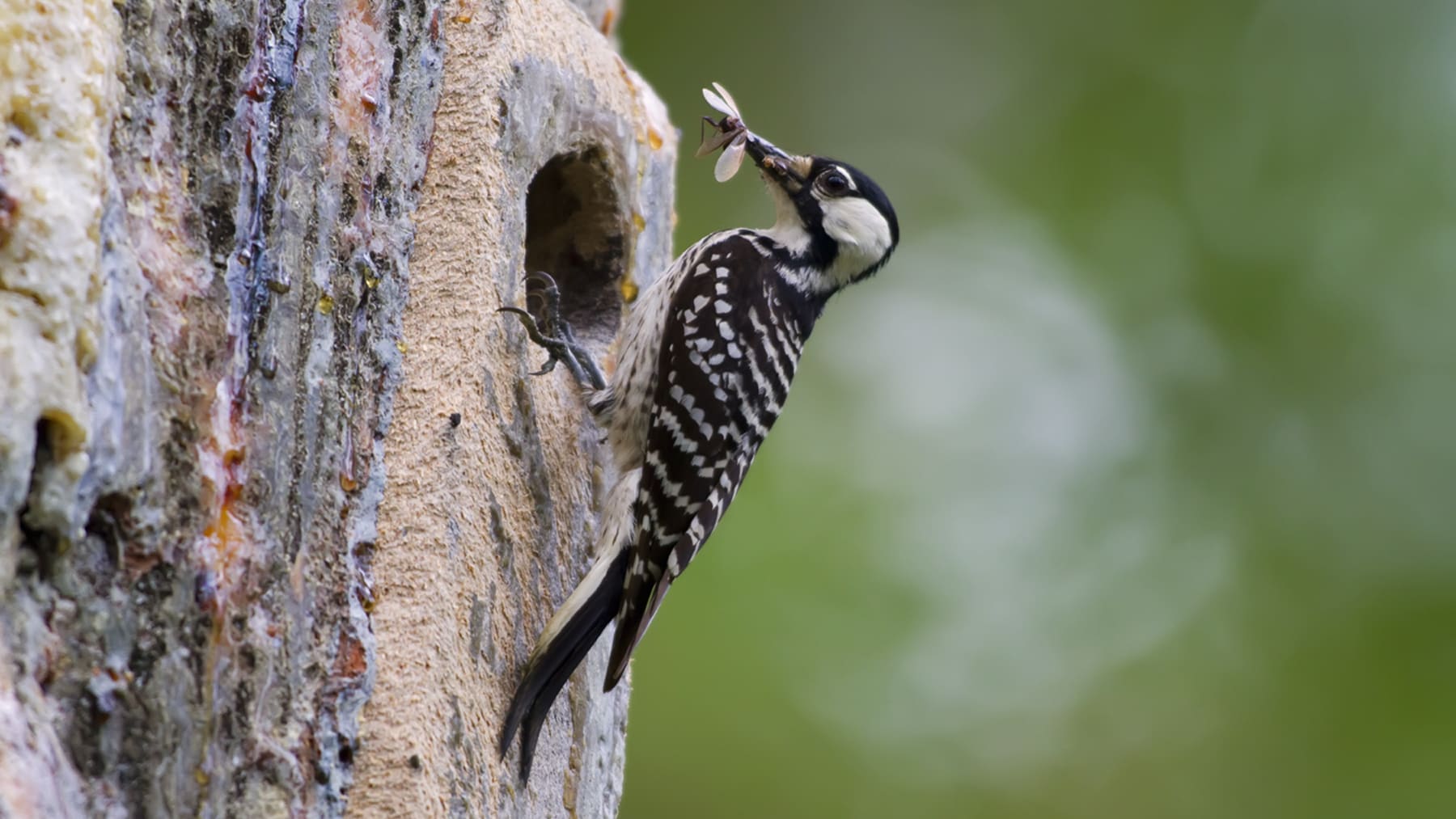
What is your favorite season?
Photo Credit: Yosemite National Park. Photo by Engel Ching.
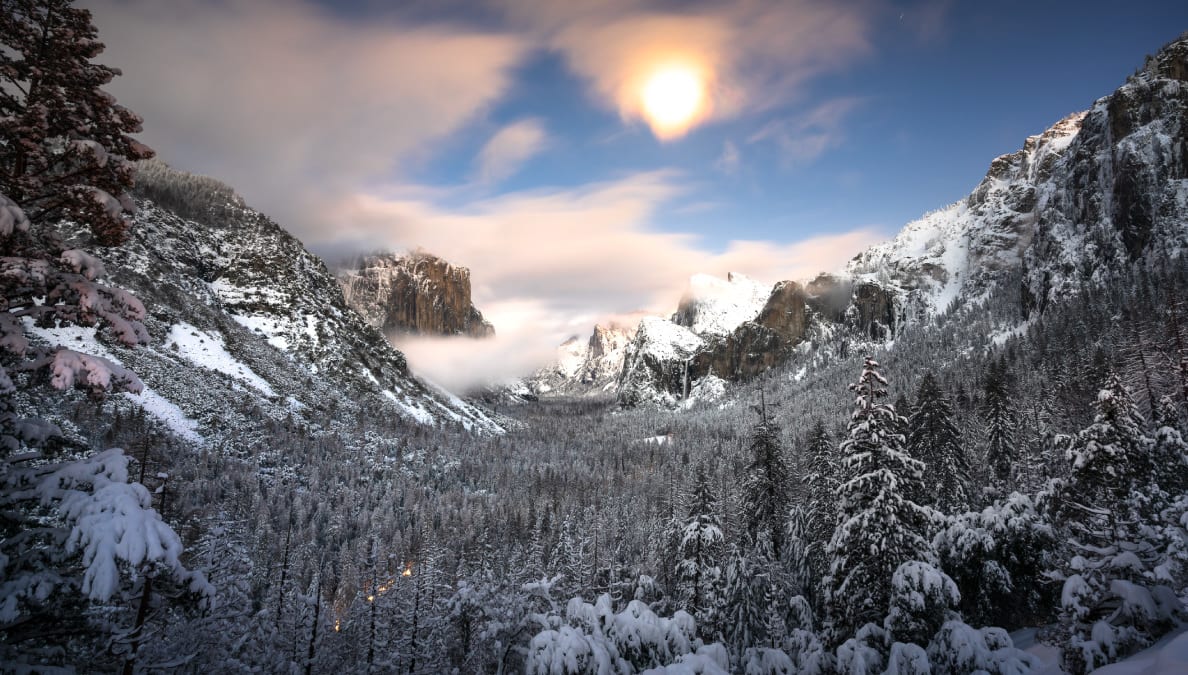
What is your favorite thing to eat?
Photo Credit: Ruby-throated Hummingbird (Archilochus colubris). NatureServe Global Status: Secure (G5).
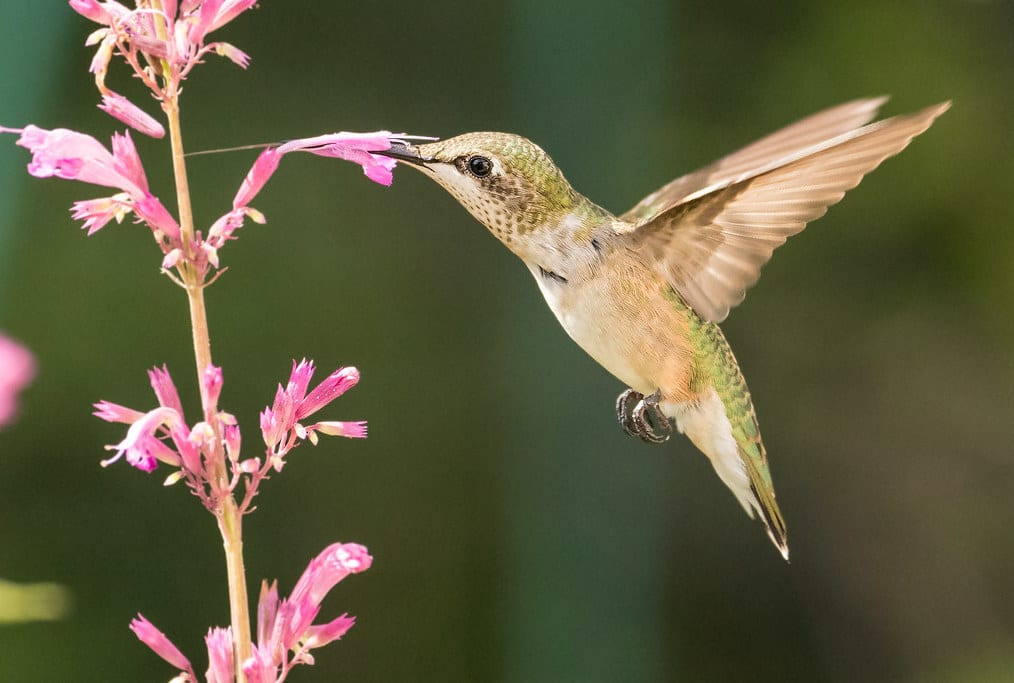
How social are you?
Photo Credit: Northern Spotted Owl (Strix occidentalis caurina). NatureServe Global Status: Vulnerable Subspecies (T3). Photo by U.S. Fish & Wildlife Services.
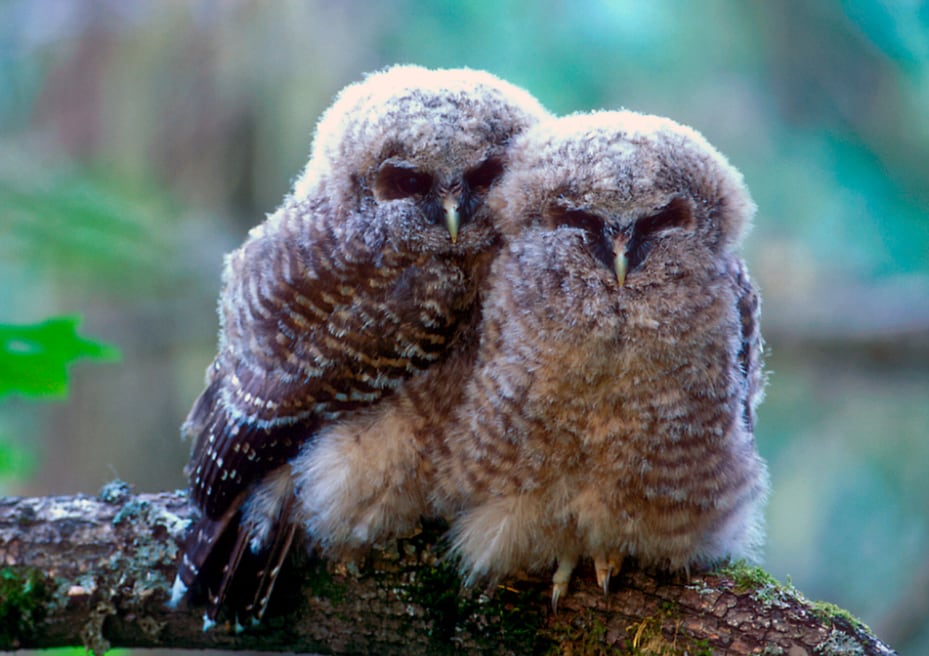
Pick one superpower you’d like to have
Photo Credit: Green Anole (Anolis carolinensis) Global Status: Secure (G5) Photo By: Matthew Paulson.
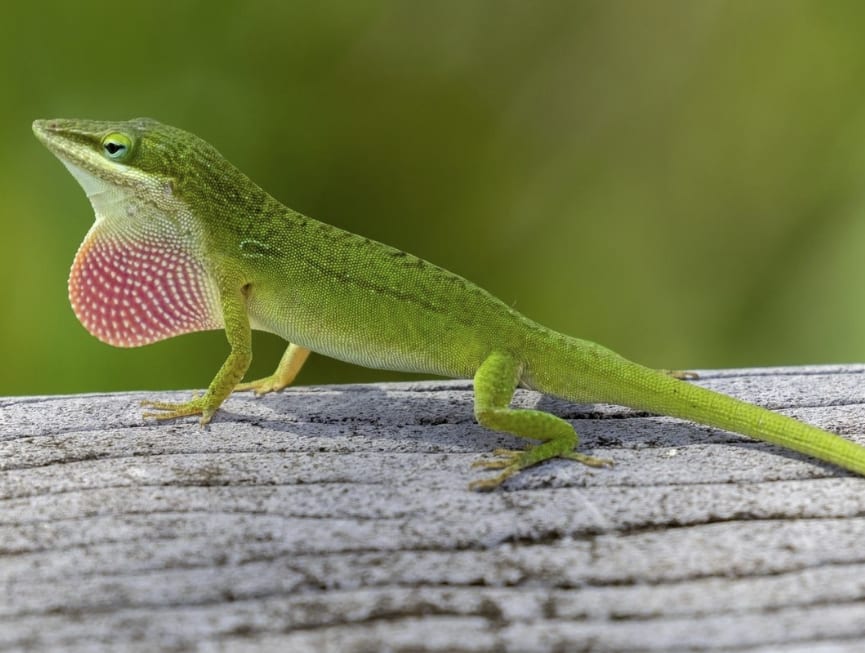
If your friends had to pick one word to describe you, what would it be?
Photo Credit: Red Wolf (Canis rufus) Global Status: Critically Imperiled (G1) Photo By: Ucumari Photography.
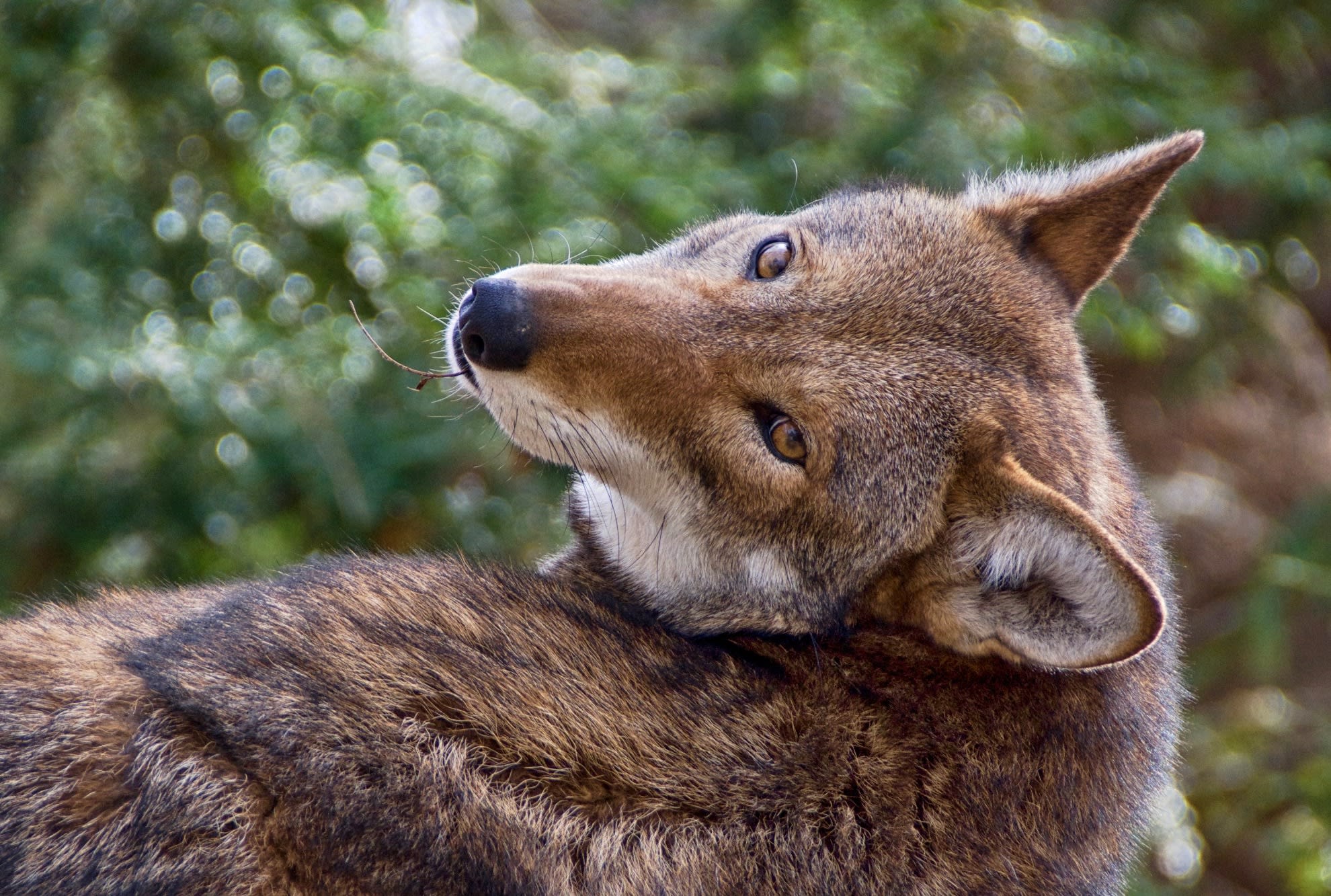
Your results are in... you are a Snowy Owl!
This magnificent bird inhabits the world’s arctic tundra and can withstand temperatures of up to −135°F! Snowy owls are carnivorous and usually eat small mammals. They have an incredible sense of sight and smell, are solitary creatures and can easily camouflage in winter settings due to their white plumage. This species is mysterious and highly intelligent!
Photo Credit: Snowy Owl (Bubo scandiacus). NatureServe Global Status: Apparently Secure (G4).
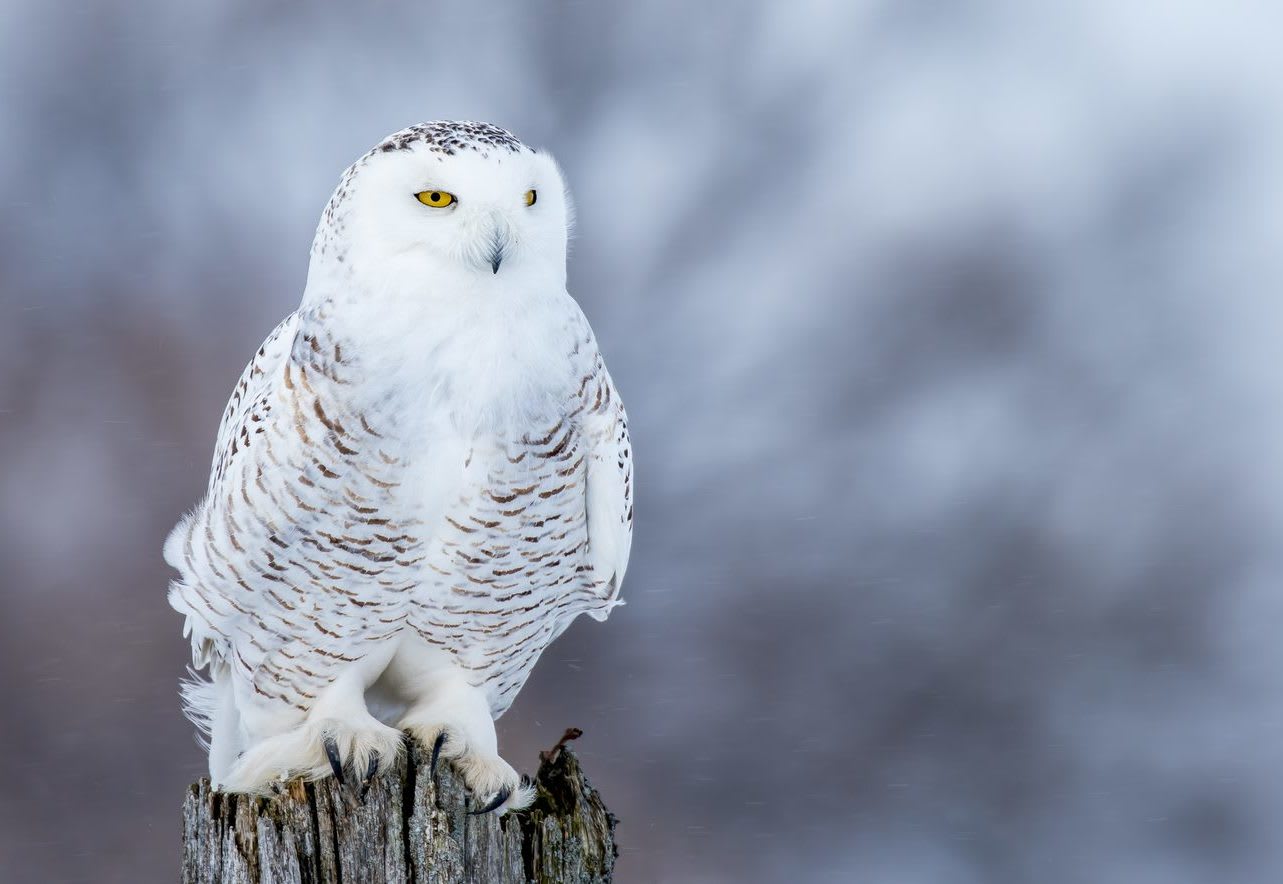
Your results are in... you are a Sea Otter!
This adorable marine mammal inhabits the North Pacific Ocean and can hold its breath underwater for up to 7 minutes! Sea otters eat marine invertebrates such as crabs and urchins. They spend most of their time grooming themselves and resting together in single-sex groups called “rafts”. Sea otters are playful and sociable but do keep your distance if you see them. They become dangerous and violent when threatened!
Photo Credit: Sea Otter (Enhydra lutris). NatureServe Global Status: Apparently Secure (G4). Photo by
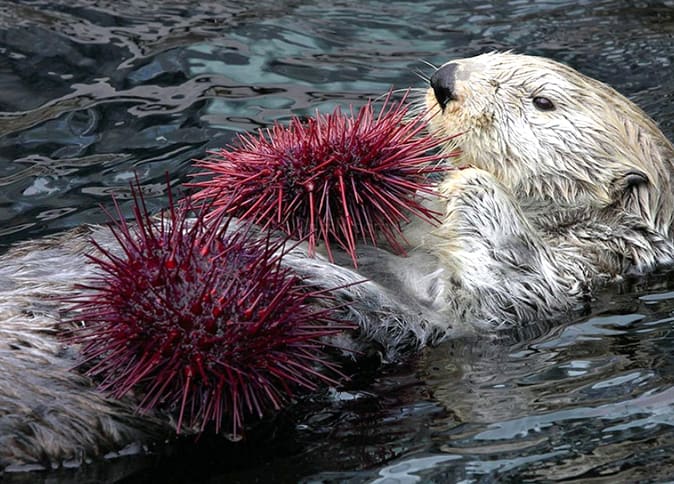
Your results are in... you are an American Bumble Bee!
This small yet mighty insect inhabits the Eastern Great Plains, eastern and central U.S., southern Canada, Desert West, California, Oregon, and Mexico. The American Bumble Bee is an important pollinator and prefer a wide variety of flower types. They collect nectar (sugar-rich liquid) and live socially in colonies that can include up to 500 bees! Peaceful and hardworking, this species has seen a rapid decline in population.
Photo Credit: American Bumble Bee (Bombus pensylvanicus). NatureServe Global Status: Vulnerable (G3). Photo by Judy Gallagher.
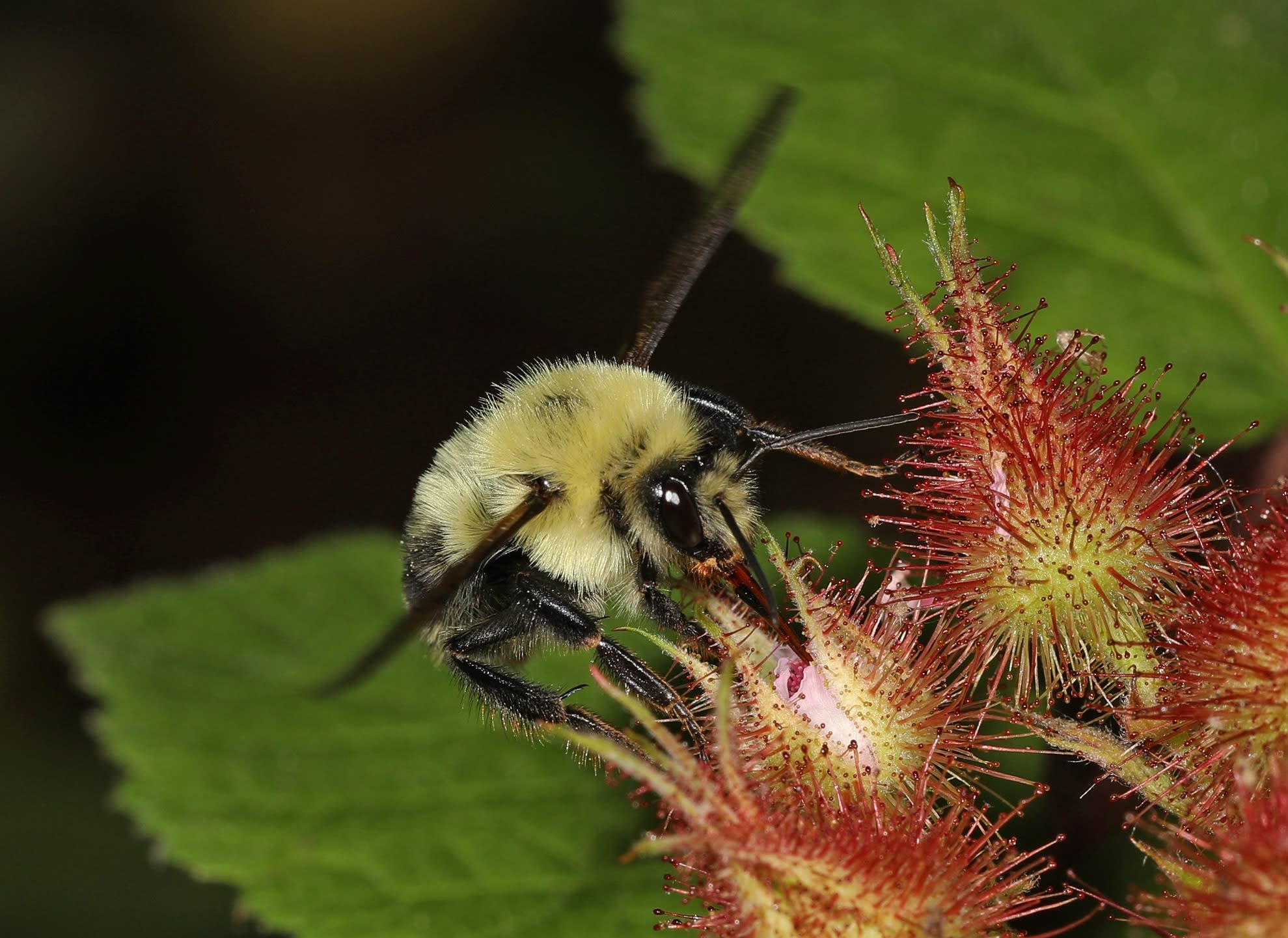
Your results are in... you are a Brown Bear!
This majestic species inhabits the forests and mountains of northern North America, Europe, and Asia. Brown bears eat both plants and animals and can run up to 35 miles an hour. They spend the winter hibernating in dens, which is why they prepare in the fall by consuming constantly. Brown bears are solitary creatures but may congregate in areas with abundant food. This species is powerful and has an incredible sense of smell!
Photo Credit: Brown Bear (Ursus arctos). NatureServe Global Status: Apparently Secure (G4). Photo by Larry Master.
